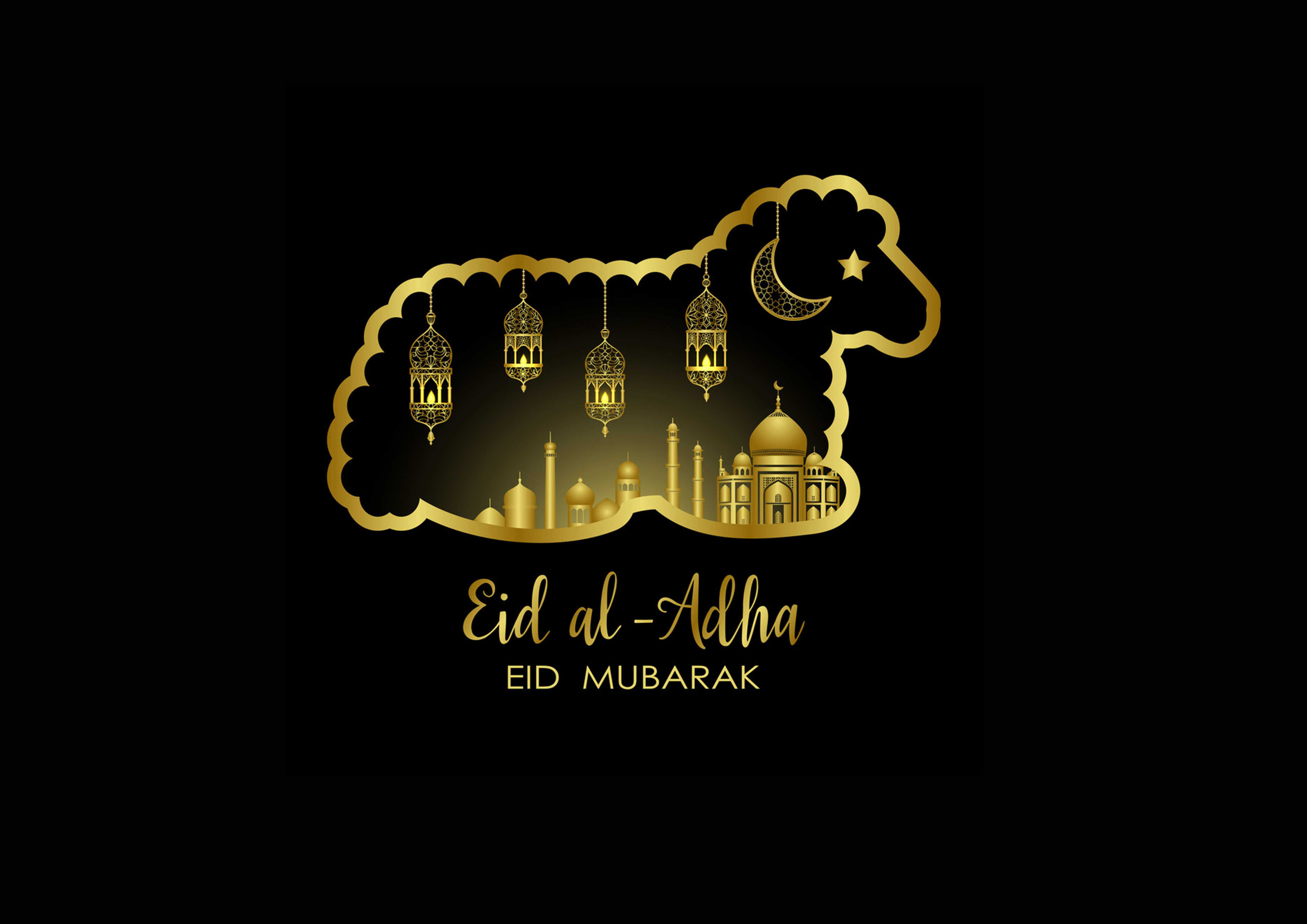Eid al-Adha falls on the 10th day of Dhu al-Hijjah according to the Islamic lunar calendar, and as per the Gregorian calendar, the date shifts 11 days from the previous date every year.
Bakrid or Eid al-Adha is also called the festival of sacrifice and it brings all the Muslim families together. This is the day when people commemorate the dedication of Ibrahim (Abraham) that he was ready to sacrifice his son in order to prove his obedience to Allah. The festival is the second most important holiday among the Muslim community, first being Eid al-Fitr.

How this day became so holy and important, begins with the story of Prophet Ibrahim, and it is celebrated to pay respects to Ibrahim, who was considered to be a devotee of Allah. This year, Eid ul-Adha would start in India on August 11, and continue until the evening of August 12.
According to the story of Eid al-Adha, Prophet Abraham had a dream in which he saw himself sacrificing his 10-year-old son, Ishmael. Abraham, being a great believer in Allah, took his dream seriously and literally and wanted to sacrifice his son. But, according to legend, God sent his angels and asked him to sacrifice an animal instead of his son.
So, every year, Muslims around the world sacrifice an animal that is dear to them to prove their devotion and love for Allah. A feast is then cooked and divided into three parts. One part is for family, friends, and neighbors, the second part is distributed among the poor and the needy, and the last part is kept for immediate family members. It is said that on this sacrificial feast, no one should be kept hungry. Hence this festival signifies sacrifice, devotion, and kindness.

Wishing everyone Bakrid Mubarak.

